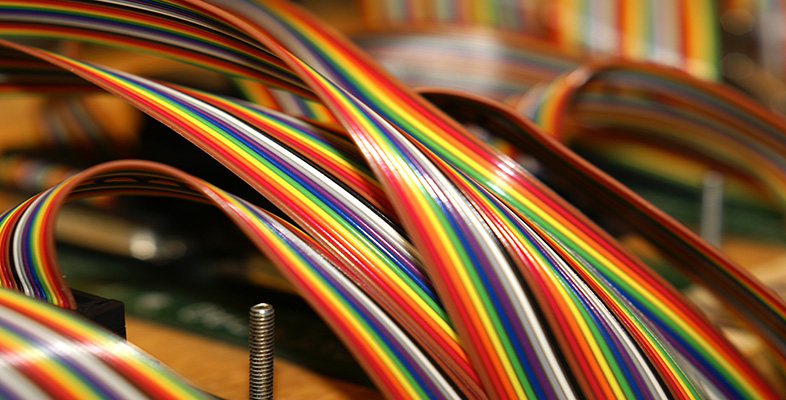16.9 Identity in an ICT system
In a supermarket we might see the following data on an item: 5018190009067. On their own, the digits do not mean very much, but these numbers are typical of the type of data input to a computer system. In this instance, they are numbers from a bar code on a jar of coffee. I have described the numbers here as 'data' because in themselves they do not really tell us anything.
When the bar code is moved past a bar code reader at a checkout counter, the checkout terminal will display details on the screen, such as these:
Café Direct coffee, 100 g
This is information which can be used by a person.
In this example, we see that the bar code 5018190009067 refers to a 100-gram jar of Café Direct coffee. We can say that the bar code identifies the jar of coffee in the supermarket's database. However, the bar code doesn't give a unique identity to the individual jar of coffee, only to this particular category of item.
Activity 17 (exploratory)
It would be important that any points I earned by shopping at a particular supermarket were assigned to me and not to someone else. In the supermarket loyalty card scheme, what is it that uniquely identifies a customer?
Discussion
A customer could be identified by his or her name, but this is not unique as there may be many people with the same name using the supermarket's branches. Therefore, the supermarket chain needs to use a unique customer identification number, which is stored on the card and in the database.
A unique identifier is normally used for individual people and things in an ICT system. For people this is often a number, such as the Personal Identification Number (PIN) which may be used to identify individual customers in a loyalty card system. A unique identifier may also be a combination of letters and numbers, such as your Open University Personal ID.
Radio Frequency Identity (RFID) technology provides a means of identifying individual items. This contrasts with the bar code system, which identifies only categories of items (such as all 100-gram jars of Cafe Direct coffee). Each tag is unique so that each item, whether it is a razor blade or an item of clothing, can be tracked individually.
An RFID tag works in conjunction with a device called an RFID reader. In response to a signal from the reader, the tag transmits data to the reader using a radio link. The data could be just an identification number, which is then used to look up further data in a database. Alternatively, the tag itself could hold details such as price, colour, packaging and expiry date.
This technology has now been brought to some supermarkets. There are a number of attractions for supermarkets in using RFID technology. As the tags can be tracked by RFID readers, there is no need to scan items at the checkout. RFID technology can be used to set up 'smart shelves' that can sense when products are running low, enabling the supermarket to keep track of stock levels.
